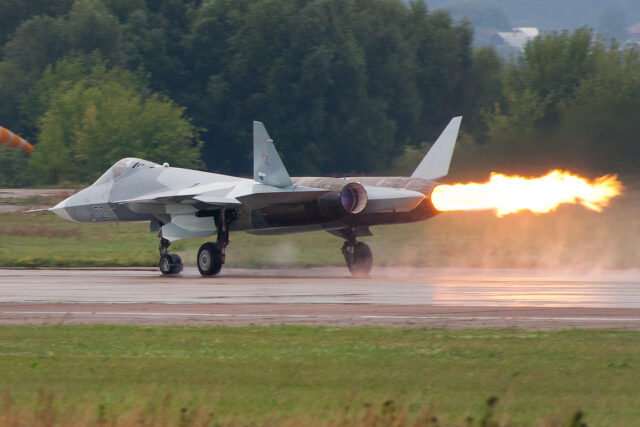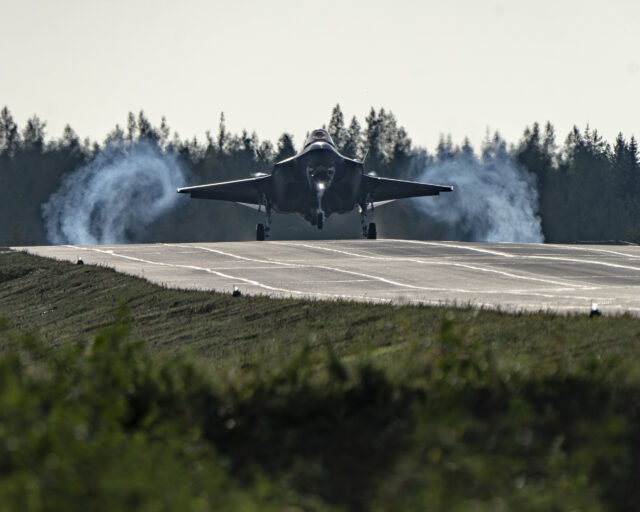“Data analytics is not magic”: Making it real
“There’s never been a cooler time to be a geek in the room,” Dawen Nozdryn-Plotnicki, Director, Advanced Analytics, Boeing Global Services, said during a session on big data today at…

“There’s never been a cooler time to be a geek in the room,” Dawen Nozdryn-Plotnicki, Director, Advanced Analytics, Boeing Global Services, said during a session on big data today at MRO Europe. She leads a team of data scientists and says their role is about making the benefits of big data “real”.
We constantly hear about big data, AI, deep learning, machine learning, analytics … “It sounds like magic but it’s more like logic,” Nozdryn-Plotnicki said.
As well as the buzzwords, we also have more data – flowing thicker and faster from smarter airplanes and connected operations. And we have a bigger family of tools, services and methodologies available than ever before.
“We need to embrace the technology and change,” says Nozdryn-Plotnicki but the key is, “we need to do it with purpose.”
She explained: “At Boeing our goal is to empower and enable our customers to make the best decision in their business processes. I say to my team – we are analysts, we are data scientists but our first job is not to do the best modelling or algorithms; it’s to ask the best business questions so we are solving the right problems for our customers.”
People, process, technology
The team achieves this, she noted, through a focus on not just the data and the tools but “what we do with it” through a combination of people, process and technology. And cultural change is necessary.
Nozdryn-Plotnicki said: “We can’t just be talking cool tech and buzzwords all the time. It’s got to be rooted in how we change the culture in the industry.”
This requires showing real, tangible results and evidence so people believe in data-driven decision making, she said.
For example, she discussed how the data coming from sensors on airplanes can now be used to predict not only faults but also to pinpoint where a part is on the continuum of degradation, in order to optimise the performance of the airplane, e.g. fuel optimisation.
She noted: “We have seen tangible results with the businesses and airlines that we work with – hundreds of millions of dollars in fuel savings every year and hundreds of millions of man hours per customer.”
All this culminates in helping to achieve the industry’s shared goals, she said — more reliable airplanes, more on-time operations, happier passengers, on-time cargo.
A team sport
Nozdryn-Plotnicki also highlighted that data analytics is “a team sport” — “you can’t just sprinkle some analytics pixie dust and all problems go away.“
To get the value, data scientists need to work together with people who understand engineering and operations, for example.
“If we work together, we get more than the sum of our individual components.”
She shared the following example: “One of the problems we are working on right now: we have all the data but actually, the model that performed the best was not using the big data set; it was more the combination of the engineers’ knowledge about how the spoiler system worked that allowed us to come up with an accurate model [on what to inspect].”
As she put it, “a data lake is useless if you don’t know where to fish”.
For more on this topic, look out for our video interview with Nozdryn-Plotnicki coming soon.
















